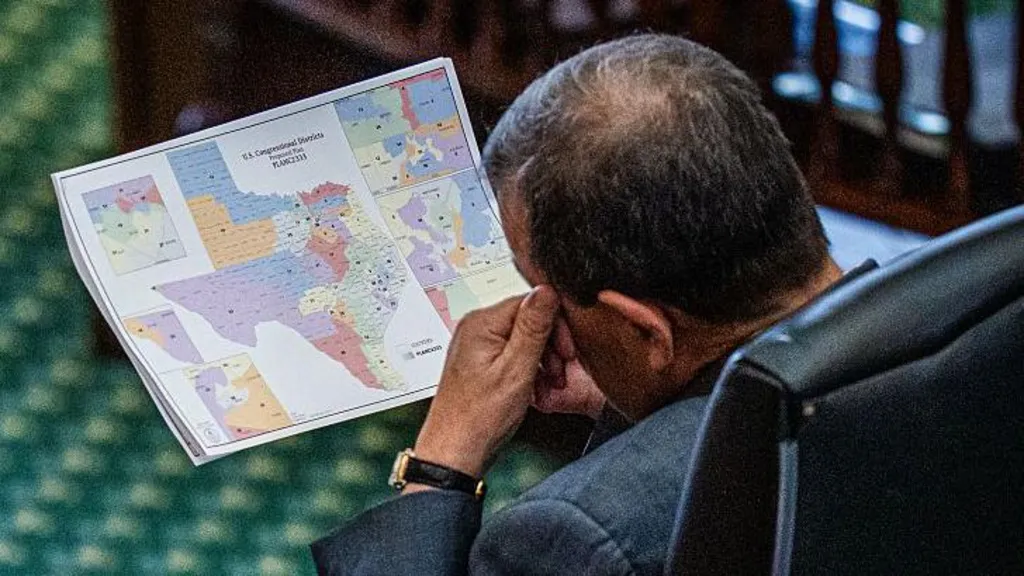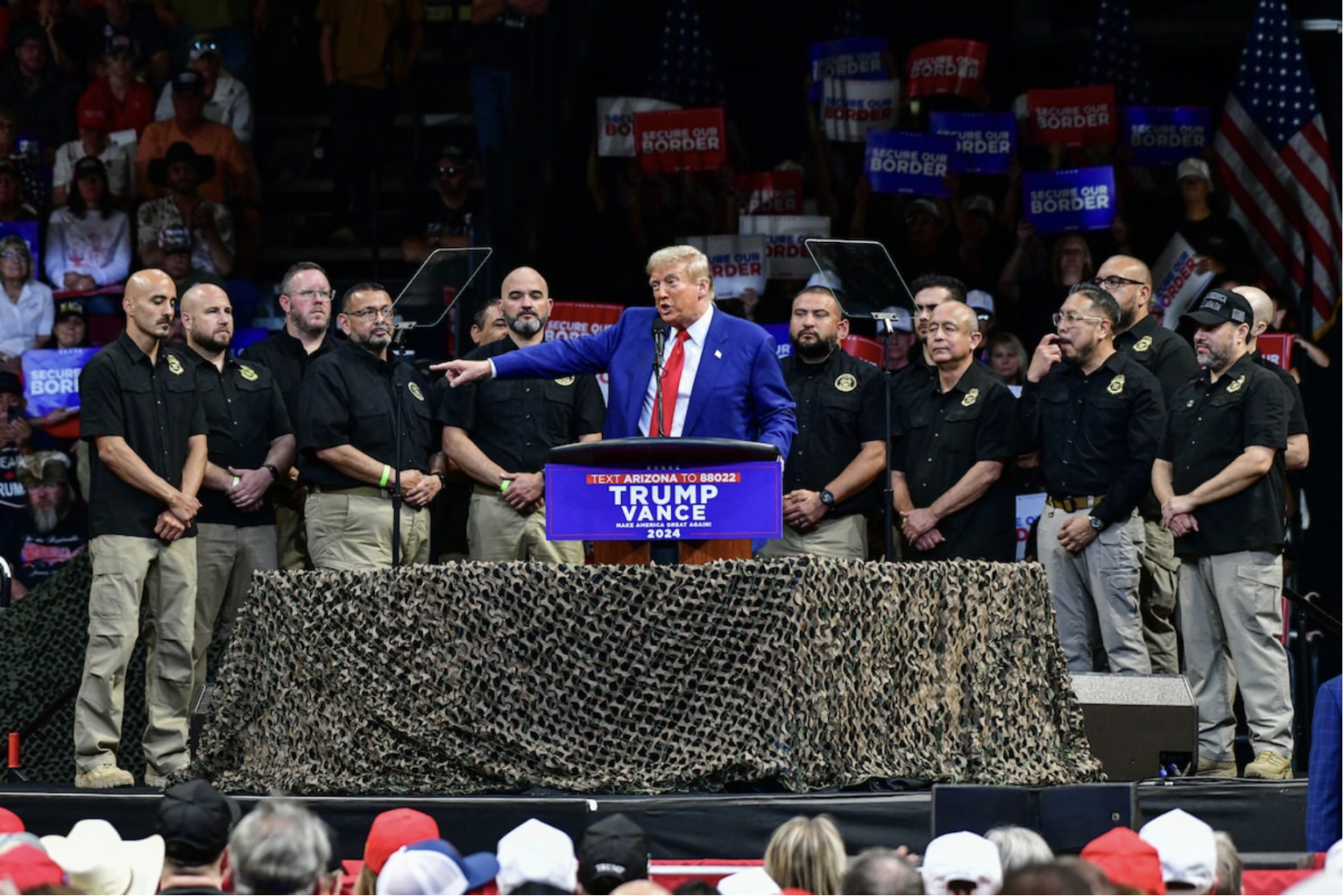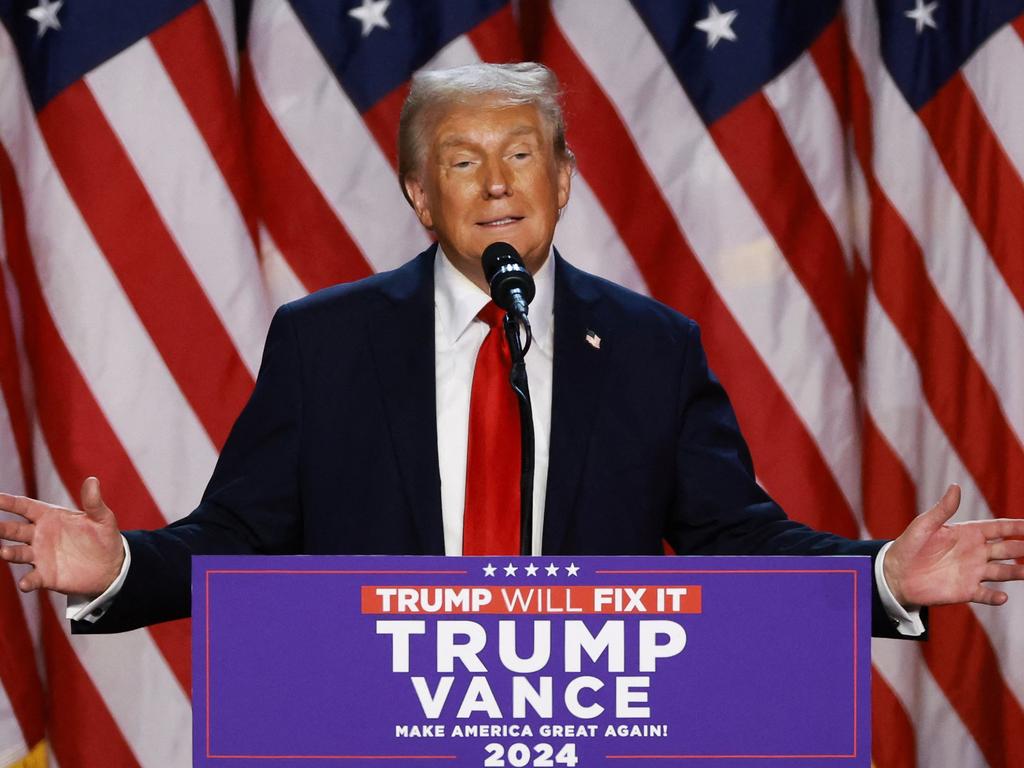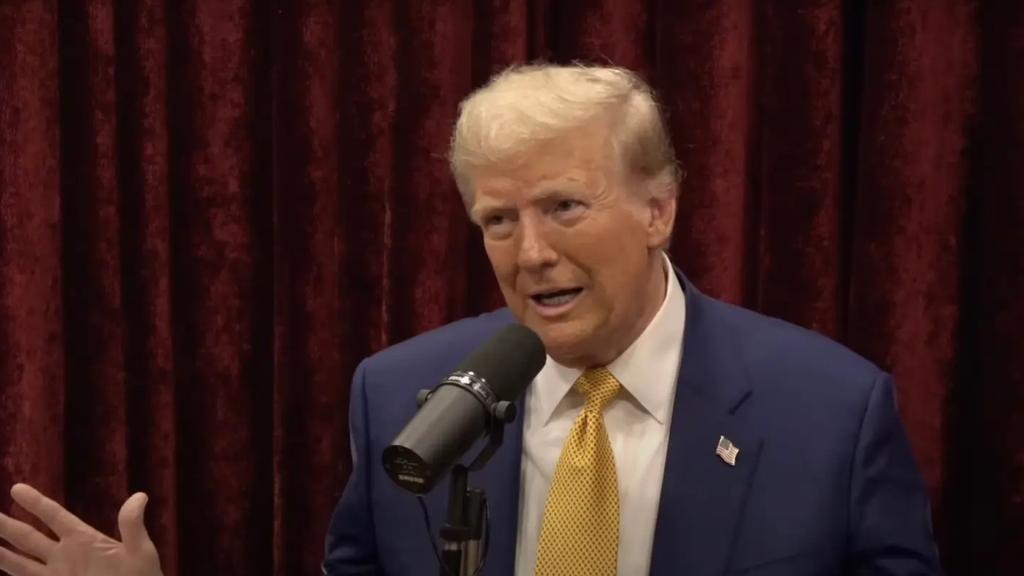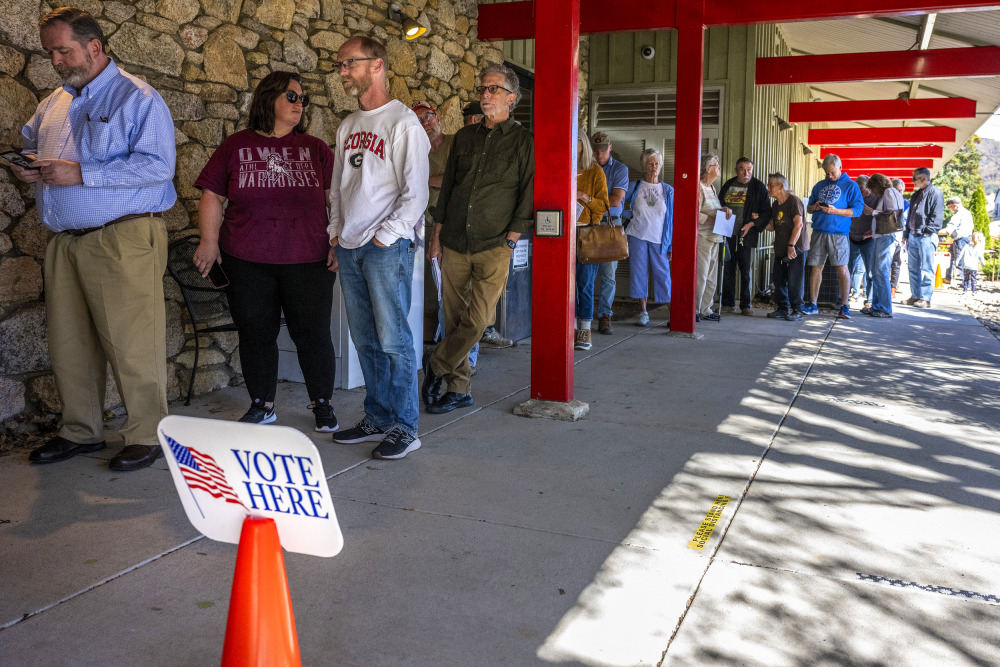
This article is more than
9 year oldDonald Trump and Ohio: Why presidential candidate really needs to win this state
In fact, according to election forecasting site FiveThirtyEight, Clinton could be in a lot more trouble than her party would like to admit.
According to projections, Donald Trump now has a 64 per cent chance of winning the key bellwether state of Ohio, compared to 35.9 per cent for his rival.
Both the Democrat and Republican parties have poured enormous time and resources into winning the state. Since 1960, every candidate who has won Ohio has also won the election.
While its loss would severely hamper Clinton’s chances of winning, Trump absolutely must win both Ohio and Florida in order to get the 270 electoral college votes he needs to win the presidency.
So what does it mean and why is it so important?
Dr John Hart, a research fellow at the ANU School of History and a specialist in American politics and elections, said Ohio was a prize both parties had their eye on.
Dr Hart said it was more vital that Trump won it rather than his rival, adding projections such as these diverted from real politics and the best projections were long term ones.
“We really have to take this (projection) with a pinch of salt, it’s high quality guess work,” he said.
Dr Hart said the polls taken in individual states usually have a much smaller sample size (than national polls) which raises questions about their accuracy.
“I have not seen a poll which indicates Donald Trump will be able to win 270 electoral college votes,” he said.
Ohio was one of about six states which were hotly contested between the two parties, while the others were either staunchly Republican or Democrat.
Dr Hart said Ohio was regarded as a “smokestack state”, a former highly industrialised powerhouse.
But during the 1970s-80s many manufacturers packed up and left creating a huge blue collar workforce left looking for work.
Dr Hart said it was these people who Trump had been trying to win over with his “broken America” narrative.
“This is one of the industrially depressed states that Trump has been focusing on,” Dr Hart said, adding the popular vote is very different from the electoral vote.
“Even if Ohio goes the Republicans way, every other poll points to a Hillary Clinton victory.”
Dr Hart said most commentators agree the debate was a significant victory for Clinton who still had at least a 3-point lead over her rival and polls often took a few days to reflect these type of spikes.
“He lost control and it certainly points to the view that he is unfit to be president,” he said.
Dr Hart said public opinion is very volatile right now which is why the polls can change, and have been changing quite significantly before election day.
John Barron, a research associate at the US Studies Centre and presenter of ABC show Fact Check, said Ohio was a huge swing state that, like Florida and North Carolina, both parties wanted to win.
Mr Barron, who spent time in Ohio during both the 2008 and 2012 US elections, said Trump had tapped into sentiment of the older white worker who felt they had been left behind.
“Factory workers who had seen their jobs disappear to China have economic nostalgia,” he said.
Mr Baron said Ohio was a state that was diverse, rural and had decent cities.
It was also a state he said that wasn’t necessarily segregated but wasn’t well integrated either.
“There is a sense of racial divide,” he said.

Mr Baron said Ohio had working class roots and Trump still faced a battle to win the state’s Republican Governor over.
“John Kasich hasn’t yet said he would support Trump so he can’t piggyback on that campaign and voting infrastructure,” he said.
He also said while projections were interesting all polls in essence were a “snatch in time” and tended to lag in real time.
“This isn’t hugely alarming,” he said, adding that Trump still had to win over the black, Hispanic and female vote.
OHIO IN NUMBERS
At the turn of the century Ohio was an industrial powerhouse, but its manufacturing declined in the 1970s and many argue it never fully recovered from the decline.
The state has been governed by Republican and Trump rival John Kasich since 2010.
Ohio has 18 electoral votes, which may not seem vital in the overall scheme of things but it is crucial because there are few states genuinely up for grabs.
In other words those 18 votes from the 7th most populous state could end up deciding the election.
According to the US Census Bureau, the state has a population of 11.6 million, the majority of whom are white, approximately 80 per cent, followed by black, around 12 per cent.

